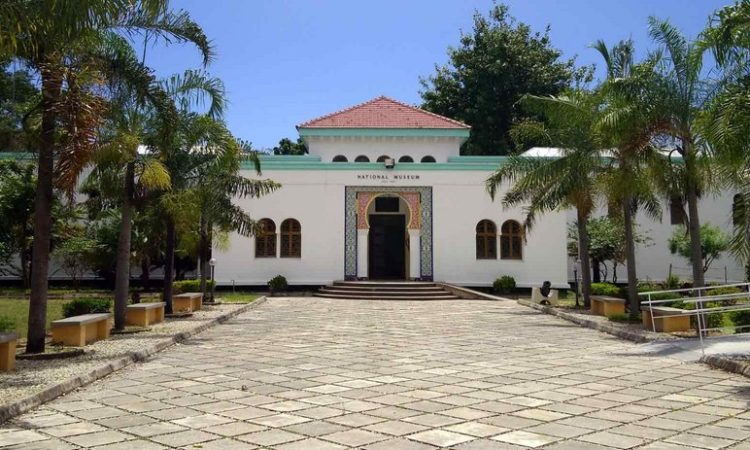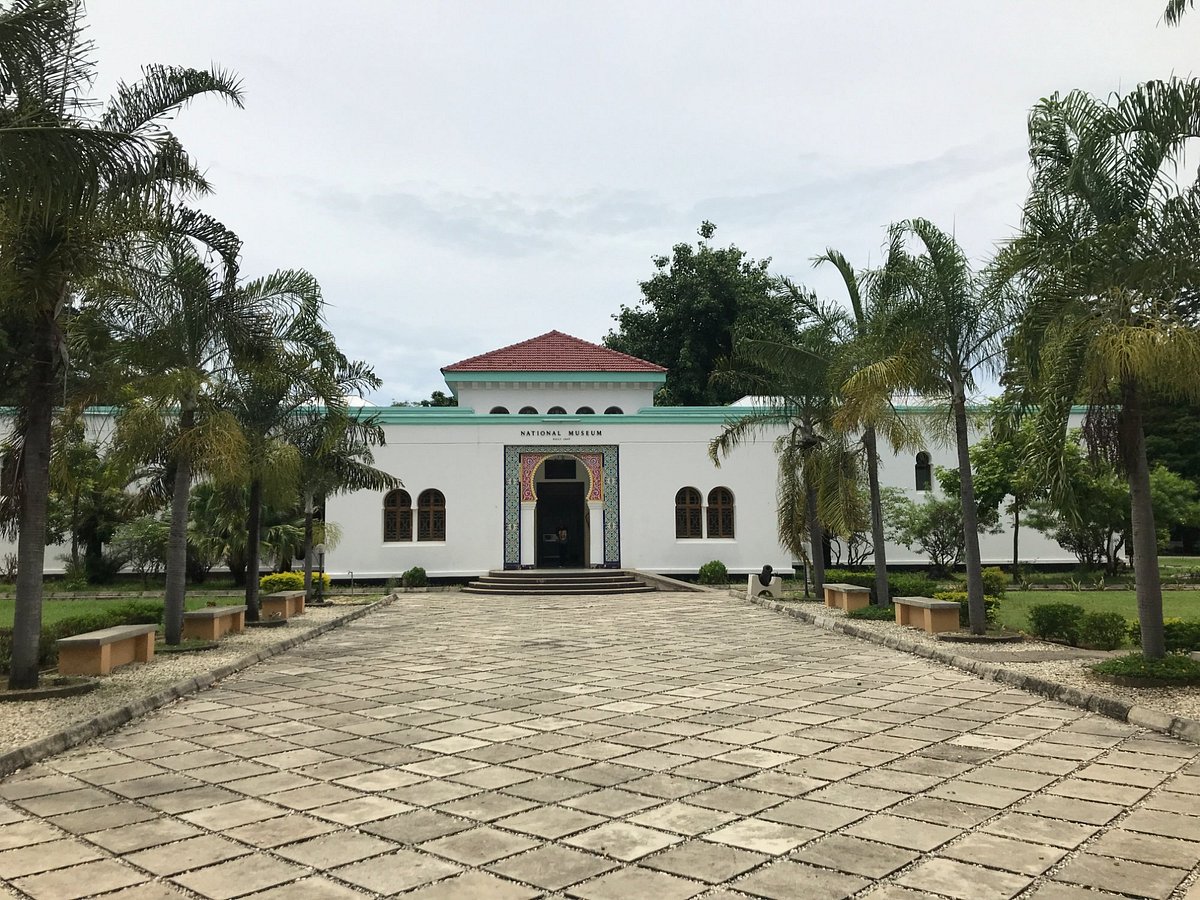Ethnography Department Of The National Museum Of Tanzania : The National Museum of Tanzania is a consortium of five Tanzanian museums whose purpose is to preserve and show exhibits about the history and natural environment of Tanzania. The consortium developed from the National Museum of Dar Es Salaam, established in 1934 by Tanganyika governor Harold McMichael. Four more museums later joined the consortium, namely the Village Museum in Dar Es Salaam, the National History Museum and the Arusha Declaration Museum in Arusha, and the Mwalimu Julius K. Nyerere Memorial Museum in Butiama.

The National Museum of Dar Es Salaam is the largest and most comprehensive museum in Tanzania. It is located in the city of Dar es Salaam, on the coast of East Africa. The museum has a collection of over 100,000 objects, including fossils, artifacts, and exhibits on the history and culture of Tanzania.
The National Museum of Tanzania is composed of several departments, including the ethnography department, archeology department, paleontology department, and a number of galleries such as the pre-historic gallery, the natural gallery history and the cultural gallery.
Speaking of the Ethnography Department of the National Museum of Tanzania is a captivating section that offers visitors a comprehensive understanding of Tanzania’s diverse cultural heritage. Through its extensive collection of artifacts, the department showcases the traditions, customs, and ways of life of various ethnic groups and tribes across the country. The Ethnography Department showcases Tanzania’s cultural diversity through its extensive display of traditional costumes, musical instruments, religious objects, and ceremonial artifacts. Visitors can learn about the various tribes and ethnic groups in Tanzania, such as the Maasai, Chaga, Sukuma, and Hadzabe, each with its distinct customs, traditions, and ways of life.
Upon entering the Ethnography Department, visitors are greeted by a vibrant display of traditional costumes. These costumes reflect the distinctive styles and designs of different tribes, highlighting the unique cultural identities of each group. Intricate beadwork, colorful fabrics, and elaborate accessories adorn the mannequins, giving visitors a glimpse into the rich textile traditions of Tanzania.
The department also houses a remarkable assortment of musical instruments, demonstrating the significance of music in Tanzanian culture. From drums and xylophones to flutes and stringed instruments, the collection showcases the diversity of musical expressions across the country. Visitors can learn about the traditional uses of these instruments and even listen to audio recordings that bring the sounds of Tanzanian music to life.
Religious objects and ceremonial artifacts play a significant role in the Ethnography Department as well. Visitors can explore items used in traditional rituals, such as masks, sculptures, and sacred vessels. These artifacts provide insights into the spiritual beliefs and practices of different Tanzanian communities, whether they are related to ancestral worship, nature spirits, or more structured religious traditions.
The department also offers a fascinating glimpse into the daily lives of Tanzanian communities. Household items, tools, and utensils are displayed, showcasing the ingenuity and resourcefulness of various tribes. Visitors can learn about traditional farming techniques, cooking methods, and even explore different types of traditional dwellings, such as the Maasai Manyatta or the Chaga Chumbe.
Interactive exhibits and multimedia presentations enhance the visitor experience within the Ethnography Department. Videos, photographs, and oral histories provide deeper insights into the cultural traditions and social structures of Tanzanian communities. Visitors have the opportunity to hear personal stories and narratives from members of different tribes, offering a more intimate understanding of their experiences, challenges, and aspirations.
The Ethnography Department of the National Museum of Tanzania aims to foster a sense of cultural appreciation and respect among visitors. It serves as a platform for dialogue and understanding, celebrating Tanzania’s cultural diversity while also highlighting the shared humanity that unites its people. Through its exhibitions and educational programs, the department encourages visitors to engage with Tanzanian culture and recognize the importance of preserving and celebrating cultural heritage for future generations.

The Ethnography Department of the National Museum of Tanzania offers a captivating journey into the cultural tapestry of the country. With its vast collection of traditional costumes, musical instruments, religious artifacts, and everyday objects, the department provides visitors with a comprehensive understanding of Tanzania’s diverse ethnic groups and their cultural practices. It serves as a bridge between past and present, allowing visitors to appreciate the vibrant traditions that shape Tanzanian society today.
The National Museum of Tanzania is a popular tourist destination. It is open to the public from 9:00 AM to 5:00 PM, seven days a week. Admission is $10 for adults and $5 for children.
The National Museum of Tanzania is a valuable resource for learning about Tanzania’s history and culture. It is a must-visit for anyone interested in learning more about this fascinating country. The museum frequently hosts temporary exhibitions, educational programs, and cultural events to engage visitors and promote a deeper understanding of Tanzania’s heritage. It serves as an educational hub, attracting students, researchers, and scholars from around the world who are interested in studying the country’s rich history and cultural traditions. With its extensive collection and commitment to preserving Tanzania’s cultural and natural treasures, the National Museum of Tanzania plays a vital role in promoting national pride, cultural exchange, and the appreciation of Tanzania’s past. It stands as a testament to the country’s vibrant history and serves as a gateway for visitors to explore and celebrate the diverse tapestry of Tanzania’s cultural heritage.


